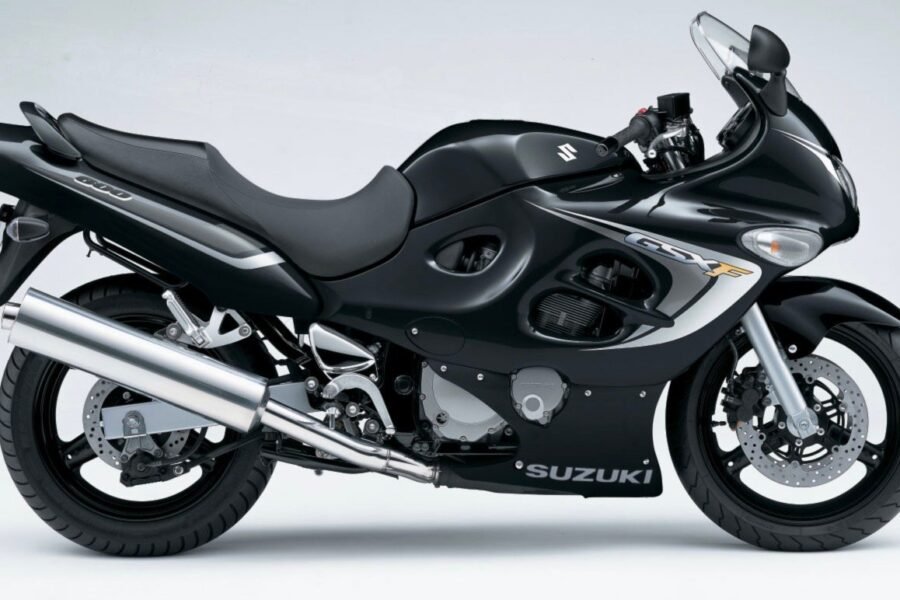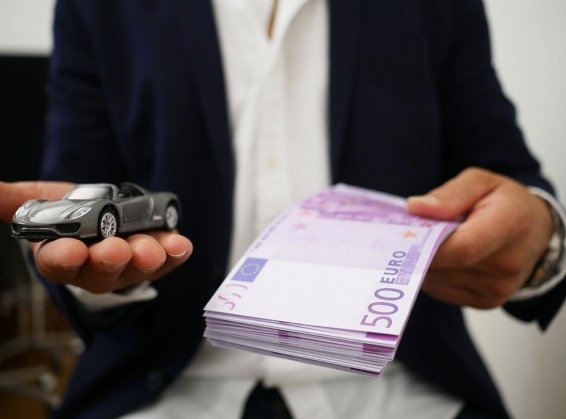Discovering a small bubble on your tire can be alarming. You might wonder what it is, what caused it, and crucially, if you can still drive your car. This bulge indicates that the tire’s inner structure is damaged, creating a weak spot. Continuing to drive puts you at high risk of a sudden blowout, which can lead to losing control of your vehicle. It is essential to address this issue immediately to ensure your safety and the safety of others on the road.
What Exactly is a Tire Bubble and Why is it Dangerous?
A tire bubble, also known as a sidewall bulge, is a protrusion on the side of your tire. It forms when the inner liner of the tire is damaged, allowing air to leak into the outer layers of the tire’s body. This separation of the internal fabric and rubber layers creates a weak point that is no longer structurally sound.
The most common cause of this damage is impact from hitting a pothole, curb, or road debris at speed. The sharp force can pinch the tire against the wheel rim, severing the internal cords that give the tire its strength. Sometimes, manufacturing defects or simply old age can also lead to the formation of these bubbles.
The biggest risk of driving on a tire with a bubble is a sudden and catastrophic blowout. The weakened area cannot handle the normal pressures of driving, such as heat, flexing, and load. As you drive, the pressure and temperature inside the tire increase, causing the bubble to expand and eventually burst, leading to a rapid loss of air and control.
Factors That Determine How Long You Can (or Can’t) Drive
While the safest answer is that you should not drive at all, certain factors can influence the immediate level of risk. Understanding these can help you make a decision in an emergency situation, such as needing to get to the nearest service station.
The size of the bubble is a major indicator of danger. A very small bubble, less than an inch, might hold for a very short, slow-speed trip to a mechanic. However, any bubble can grow rapidly without warning. The location is also critical. A bubble on the sidewall is particularly dangerous because this area flexes constantly and has less structural support than the tread area.
Your tire’s overall condition plays a huge role. A newer tire with deep tread and strong construction might withstand the stress longer than an old, worn-out tire. Likewise, your driving habits matter. Aggressive driving, high speeds, and heavy braking put immense strain on the damaged area, significantly increasing the chance of failure.
Sidewall vs. Tread Bubbles: Is One More Dangerous?
Motorists sometimes ask if the location of the bubble makes a difference in the level of danger. The answer is a definitive yes. Bubbles can technically form anywhere on the tire, but their location dramatically changes the risk profile.
A bubble on the sidewall is the most common and most hazardous type. The sidewall is the “flex” zone of the tire and is not reinforced with the same steel belts as the tread area. This makes any structural damage here extremely critical.
Bubbles in the tread area are much rarer because this part of the tire is heavily reinforced with steel belts. If a bubble does appear here, it often points to a serious manufacturing defect or severe damage. In either case, the tire is unsafe to use.
| Bubble Location | Risk Level | Reason |
| Sidewall | Very High | Weak, flexible area of the tire; prone to bursting under pressure. |
| Tread | High | Indicates severe belt separation or defect; can cause tread separation. |
Immediate Steps to Take After Spotting a Tire Bubble
If you discover a bubble on your tire, your priority should be safety. Do not ignore it, even if it seems small. Taking the right steps immediately can prevent an accident.
Follow this checklist to handle the situation safely:
- Stop Driving: As soon as it is safe to do so, pull over and stop your vehicle. If you are at home, do not drive the car.
- Inspect the Tire: Carefully examine the bubble’s size and location without putting yourself in danger from traffic.
- Install the Spare Tire: If you have a spare tire and know how to change it, this is the safest option. A temporary spare is meant for short distances at low speeds, but it is much safer than the damaged tire.
- Call for Professional Help: If you cannot change the tire yourself, call a roadside assistance service or a tow truck. It is better to pay for a tow than to risk a blowout that could cause a costly accident.
Under no circumstances should you attempt to drive long distances or at high speeds on a tire with a bubble. The risk is simply not worth it.
Can a Tire Bubble be Repaired?
This is a frequent question from drivers hoping to avoid the cost of a new tire. Unfortunately, the answer is a clear and simple no.
A tire bubble signifies that the internal structural integrity of the tire has been compromised. The fabric cords inside the tire have been broken or separated, and there is no way to safely repair this type of damage. Any patch or plug would only address the outer rubber and would not restore the tire’s strength.
Attempting to repair a tire bubble is extremely dangerous and no reputable tire shop will ever perform such a repair. The only safe and correct course of action is to replace the tire completely. To maintain balanced handling and braking, it is often recommended to replace tires in pairs.
How to Prevent Tire Bubbles in the Future
While you can’t prevent every road hazard, you can take several steps to significantly reduce the risk of developing a tire bubble. Proper tire care and mindful driving are your best defenses.
Be vigilant while driving. Try to avoid hitting potholes, curbs, and other road debris whenever you can do so safely. Driving over such obstacles, especially at high speeds, is the primary cause of impact damage that leads to bubbles.
Maintaining proper tire inflation is also crucial.
- Underinflated tires are more likely to be pinched against the wheel during an impact, causing internal damage.
- Overinflated tires are stiffer and less able to absorb impacts, which can also lead to damage.
Check your tire pressure at least once a month and ensure it matches the recommended PSI listed on the sticker inside your driver’s side door jamb. Regular tire inspections can help you spot issues early before they become major safety concerns.
Recognizing the Warning Signs of an Imminent Blowout
If you are forced to drive a very short distance on a tire with a bubble, you must be extremely aware of any changes in your vehicle’s performance. These signs can indicate the bubble is worsening and a blowout is imminent.
Pay close attention to how your car feels and sounds. If you notice any of the following symptoms, pull over immediately in a safe location:
- A sudden increase in vibration or shaking, especially through the steering wheel.
- The vehicle pulling to one side.
- A wobbling or unsteady feeling while driving.
- A noticeable increase in the size of the bubble upon visual inspection.
These symptoms suggest the tire’s structure is actively failing. Continuing to drive is extremely hazardous and could lead to a serious accident.
Frequently Asked Questions about Tire Bubbles
Is it ever safe to drive with a small bubble in my tire?
No, it is never considered safe. A bubble of any size indicates the tire’s internal structure is compromised, creating a high risk of a sudden blowout. You should stop driving and have the tire replaced as soon as possible.
What causes a tire bubble to appear?
Tire bubbles are most often caused by impact damage from hitting potholes, curbs, or road debris. This force can break the internal cords of the tire, allowing air to seep between the layers. Less common causes include manufacturing defects and tire age.
Will a tire bubble always lead to a blowout?
While not every bubble will burst immediately, the risk of a blowout increases significantly the longer you drive on it. Factors like speed, heat, and additional impacts can cause the bubble to grow and fail suddenly, making it a dangerous gamble.
How much does it cost to replace a tire with a bubble?
The cost to replace a single tire can range from under $100 to over $400, depending on your vehicle, the tire brand, and its size. Remember that it is often recommended to replace tires in pairs to ensure even wear and stable handling.
Can I just ignore a bubble if it’s very small?
No, you should never ignore a tire bubble, regardless of its size. A small bubble is a sign of a weak spot that can grow quickly and unexpectedly. Addressing it promptly by replacing the tire is the only way to ensure your safety on the road.






Leave a Comment